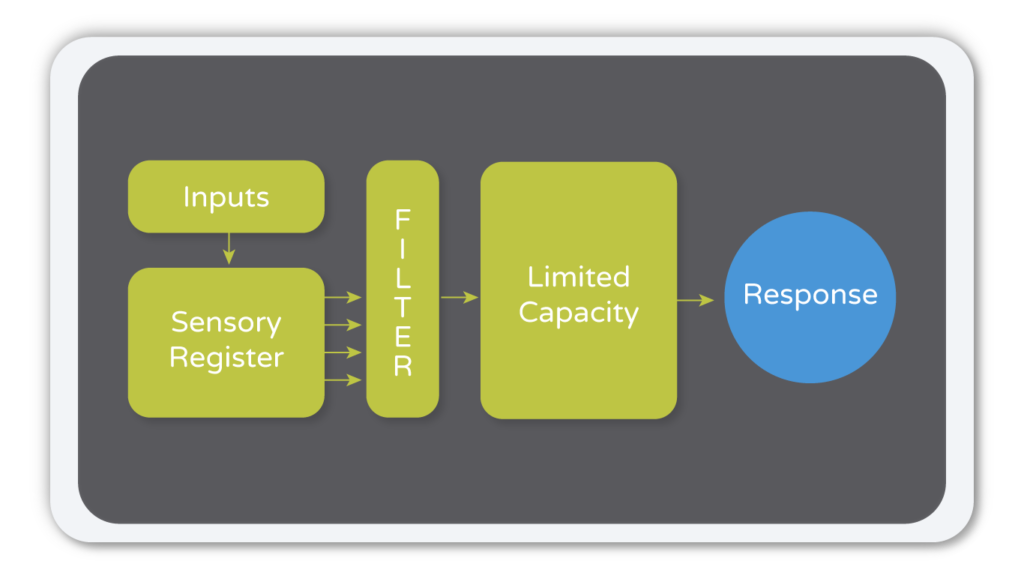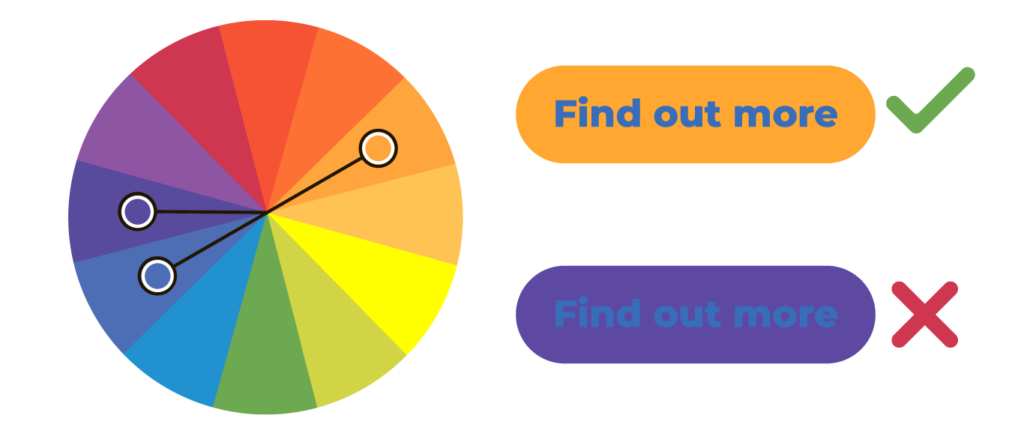Neuromarketing is a field of study that combines neuroscience with marketing. Its main objective is to use knowledge about the functioning of the human brain to design more effective and persuasive marketing strategies.
What are the keys to Neuromarketing?
In a constantly changing digital environment, it is imperative that marketing professionals stay up-to-date with best practices to optimize their strategies and effectively reach their audience. Cognitive science has dedicated decades to analyzing consumer behavior, revealing that a significant part of our purchase decisions are driven by emotions and unconscious reactions. Throughout this article you will discover the keys to Neuromarketing which can be incorporated into your SFMC strategy.
Tone and Voice of the Email
Interpersonal communication plays a fundamental role in shaping your brand’s perception in the digital marketing environment. Choosing the right tone and voice is essential to establish an emotional connection with your audience, reflect your brand’s values, and, most importantly, motivate users to take action.
There is no one-size-fits-all tone that is universally superior. The choice between a professional, emotional, friendly, approachable, or serious tone will depend on the outcome of prior benchmarking. Consistency over time is what truly matters.
Clarity
Behavioral science provides abundant evidence supporting the notion that humans have limitations in their attention span. Theories like Selective Attention, the Principle of Simplicity, and the well-known Information Processing Theory are just a few examples of this. Therefore, it is essential that our message clearly communicates our purpose from the very beginning. Providing more information than necessary will only overwhelm the recipient’s mind and lead to the rejection of the entire message.
The Information Processing Theory determines that there is a limited capacity channel for external stimuli.

Subject Line
The subject line of an email plays a crucial role as it is the gateway to our content. Its relevance should not be underestimated. The psychological theory of Primacy and Recency argues that people tend to remember the first and last impressions of their experiences more easily. With science on our side, we can harness this powerful notion and not miss the opportunity to create a lasting impression.
- Generate Curiosity
- Use Urgency
- Highlight the Main Benefit
- Personalize and Segment
Colors
Each color has the power to evoke unique emotions and associations. Therefore, it is essential to strategically leverage this knowledge when selecting the color palette for your email campaign. When you maintain consistency in color choices across all your messages, a strong visual connection is established, strengthening your brand’s memory and fostering customer loyalty. This translates into a significant increase in open rates and greater interaction with the content you share, thanks to neuromarketing.
Apply the principles of color psychology and the color wheel effectively to avoid basic contrast errors.

Color wheel for color contrast.
Mobile Friendly
Over 75% of users who receive our emails do so on mobile devices, so optimization for these devices should be a basic practice. The experience on these devices applies Gestalt principles. For example, ensure that elements are well-spaced for all screen widths and organized in accordance with the principles of Gestalt proximity and continuity.
Accessibility
In the realm of digital marketing, accessibility is not optional. This underscores the essential role of front-end developers, who not only shape the visual aspect of content but also ensure its accessibility regardless of the device or access method used. In addition, quality filters constantly seek out these accessibility gaps, such as the lack of alternative text in images or the minimum size in a CTA.
In this sense, A/B testing emerges as an invaluable tool for understanding and adapting to audience desires. The ability to experiment with different approaches allows us to discover what truly excites and engages our recipients.
In essence, always entrust your marketing campaigns to trained experts because, at the heart of effective marketing, you will always find the science of human behavior. This understanding is key to achieving outstanding results and establishing authentic connections with your audience.
Would you like to learn more about this field? Here are some links to visit:


